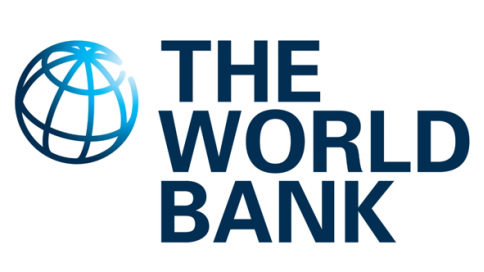World Bank Group’s New Data Aims to Boost Investment in Emerging Markets
March 29, 2024
…Data shows untapped potential, resilience in emerging markets
The World Bank Group has published its proprietary statistics that reveal the credit risk profile of private and public sector investments in emerging markets.
In a statement by the Group, making this data publicly available is the latest in a concerted effort to drive more private sector investment to emerging and developing economies.
The report presents aggregate default rates as well as variations observed across different parameters such as industry, region, and country income group. Using a more limited data set, since 2017, the report shows default rates by IFC’s internal credit risk rating.
Over the period from 1986 to 2023, the IFC’s portfolio exhibited a default rate of 4.1%. The highest historical default rates were observed in 1986 and 2003, reaching 11.5% and 10.3%, respectively. The analysis reveals that the manufacturing, agribusiness, and services industry group exhibited the highest default rates, followed by infrastructure, and financial institutions.
Looking at the split of default rates across World Bank regions, Africa exhibited a rate of 6.7%, driven primarily by investments in the earlier part of the observation period, while all other regions ranged between 3.2% and 4.5%.
Looking at the data by country income group, low income economies exhibit the highest default rates, with 8.6%. Based on a more limited data set, from 2017, annual default rates show, generally, the expected correlation with risk rating.
Two separate reports are being provided for the first time ever, according to the World bank.
At the same time, the International Finance Corporation (IFC) is providing private sector default statistics broken down by internal credit rating. The report provides insights that could help private sector investors feel more confident about investing in emerging markets.
“We believe our proprietary information should be a global public good and sharing it will provide transparency and inspire investor confidence,” said World Bank Group President Ajay Banga.
“The publication of this data is aimed at one goal: getting more private sector capital into developing economies to drive impact and create jobs.”
The World Bank Group analyses complement statistics produced by the Global Emerging Markets Risk Database Consortium (GEMs), a group of 25 multilateral development banks and development finance institutions that pools similar data and publishes them as a combined resource for public use.
The consortium releases sovereign and private sector default statistics annually. Earlier this week, the consortium expanded the materials they publish to include private sector recovery rates disaggregated by country income, regions, and sectors.
To ensure the quality of the information, IBRD staff spent more than a year recovering and cleaning sovereign default data covering the period 1985 to 2023.
These statistics are unique to IBRD due to its global portfolio and long historical record. Similarly, IFC’s private sector default statistics have been compiled over nearly 40 years and published as a standalone report to respond to the urgent need of investors for emerging market insights.
In time, these statistics might also be combined with other data from development institutions and published through the GEMS Consortium.
Key Takeaways of World Bank Group Statistics:
The IFC’s private sector portfolio had a low default rate of 4.1% from 1986 to 2023, suggesting the untapped potential and resilience of private sector investments in emerging markets.
For investments rated as “weak” by IFC’s internal rating system, the default rate was only 2.6% during the period between 2017 and 2023, indicating that even investments considered higher risk can perform better than could be expected.
For sovereign borrowers, defaults are rare, averaging just 0.7% annually, and the World Bank typically recovers more than 90% of the amount owed, including both principal and interest. This underscores the World Bank’s preferred creditor status and its ability to effectively manage sovereign credit risk.
Sovereign default losses range from 0.01% to 58.5%, reflecting the effect of interest rates and length of time in default.
This new reporting will support private investment in developing economies – by increasing transparency on historical performance, helping investors gauge risk-reward premiums, and bolstering confidence on the state of emerging markets.
Courtesy World Bank Group








